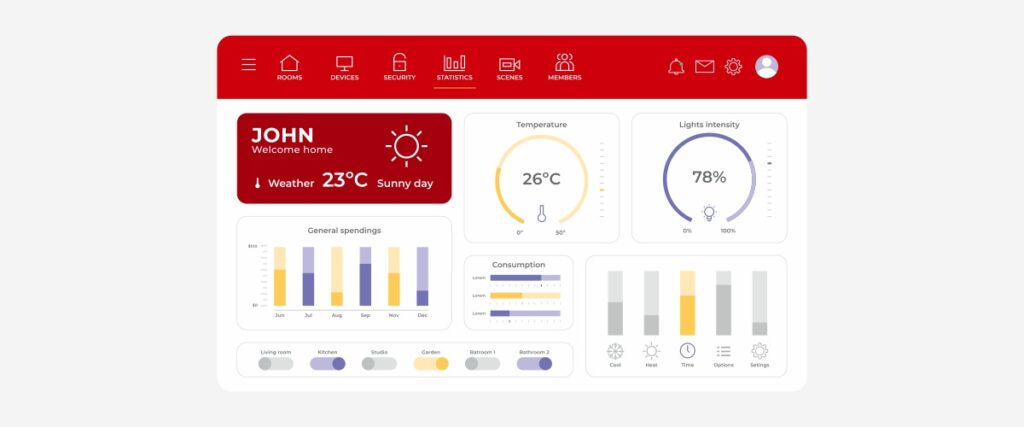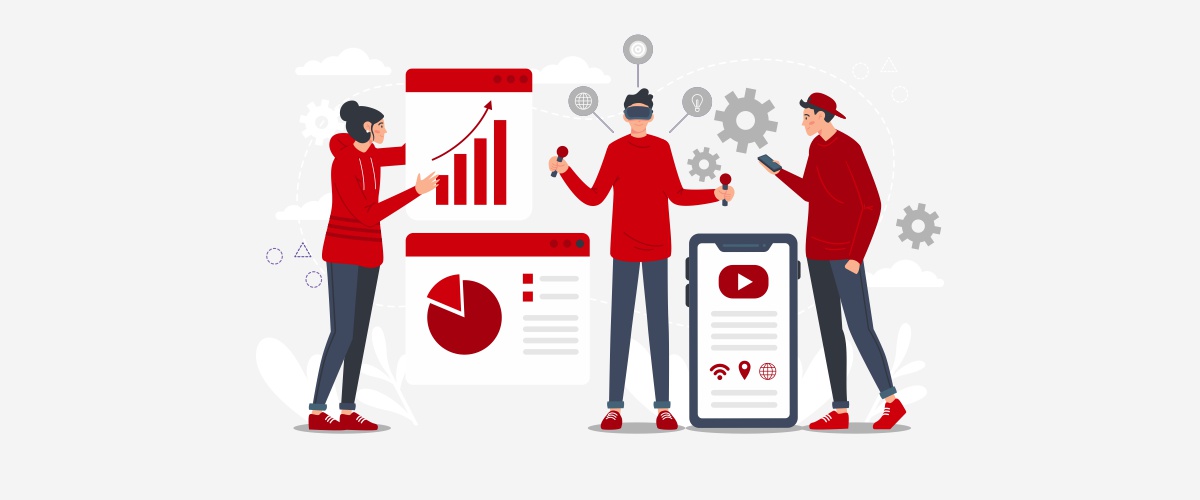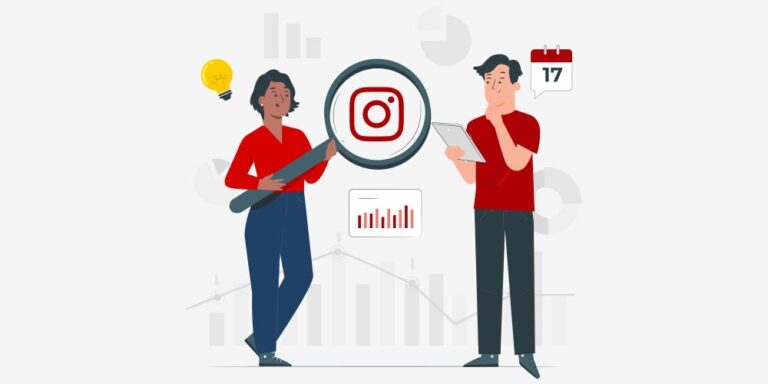Website trends dying in 2025 – Not everything ages like wine, especially in web design.
What felt modern and sleek a few years ago may now look outdated, clunky, or even frustrating. As user expectations evolve and technology becomes smarter, some of the most popular design trends of the past are quickly becoming red flags for today’s visitors.
Here’s a look at the website trends that are on their way out in 2025, and what forward-thinking businesses are doing instead.
1. Full-Screen Pop-Ups on Entry
Remember when every site greeted you with a full-screen newsletter form or discount code? That tactic is now more annoying than engaging. In fact, Google actively penalizes intrusive interstitials on mobile.
What’s replacing it:
Subtle, behavior-triggered pop-ups that appear after scroll or inactivity. Better yet, inline forms and content upgrades that don’t interrupt the experience.
2. Overused Hero Sliders
They were everywhere, sliding banners showcasing multiple messages. The problem? Users don’t wait for slides. The second or third slide is rarely seen.
What works now:
One clear message with a strong CTA above the fold. Static hero sections with intentional imagery and typography convert better than rotating distractions.
3. Stock Photos That Scream “Fake”

Inauthentic smiles, awkward handshakes, and perfectly polished offices, these stock clichés feel cold and impersonal. They no longer build trust.
What to use instead:
Original visuals, team photos, customer snapshots, or user-generated content. Even smartphone-quality images work better if they feel real.
4. Excessive Animation and Parallax Effects
Websites overloaded with moving parts, floating text, and layered scroll effects are not only distracting, they’re also heavy to load, and not very mobile-friendly.
The better choice:
Subtle, purposeful animation that enhances, not overwhelms, the content. Focus on speed, clarity, and accessibility.
5. Cluttered Navigation Menus
Having 10+ options in your header menu used to feel comprehensive. Now it just confuses people and increases bounce rate.
Today’s trend:
Simple, intuitive menus with 3–5 core links and a well-structured footer. Many brands are moving to single-page navigation or mega-menus only when necessary.
6. Homepages That Try to Do Everything
From recent blog posts to product catalogs to five CTAs, homepages used to be catch-all containers. Now that approach feels chaotic.
What’s working in 2025:
Focused homepages that guide the visitor toward a single goal: book a call, view services, or make a purchase. Secondary content is moved to supporting pages.
7. Keyword-Stuffed SEO Copy
Pages packed with exact-match keywords and robotic phrasing were once common. Not anymore. Google and users now favor content that actually reads like it was written for humans.
The smarter approach:
Write for people first. Use natural language, answer questions clearly, and structure content for readability. SEO still matters, but tone, clarity, and engagement matter more.
8. Overly Minimalist Designs With Zero Personality

Plain white backgrounds, tiny fonts, and “mysterious” icons with no labels might win design awards, but they confuse real users.
What’s rising instead:
Clean designs with warmth, character, and clear visual hierarchy. Thoughtful color palettes, friendly fonts, and subtle personality help sites feel both professional and approachable.
9. Ignoring Mobile UX
Still treating mobile as an afterthought? That’s a fast way to lose more than half your visitors.
What’s expected now:
Mobile-first design. Responsive layouts that feel native on phones. Larger tap targets, faster load times, and collapsible menus are now standard, not optional.
10. Generic “Template” Websites
Sites that look like cookie-cutter templates from popular builders no longer stand out. Visitors can sense when your site was made in 15 minutes.
What’s replacing them:
Custom-built websites with a strong brand voice, tailored visuals, and a unique customer journey. Even if you’re using a builder, your site should feel made for your business.
Web Design Is Evolving, So Should You – Website Trends Dying in 2025
The internet is changing fast, and web users are even faster to judge. A site that looks and feels outdated doesn’t just hurt your brand, it affects conversions, SEO, and customer trust.
If your site still follows the trends that are now fading, it might be time for a refresh.
Want help building a website that actually works in 2025? Contact Maple Web Design for a custom, future-proof solution.






